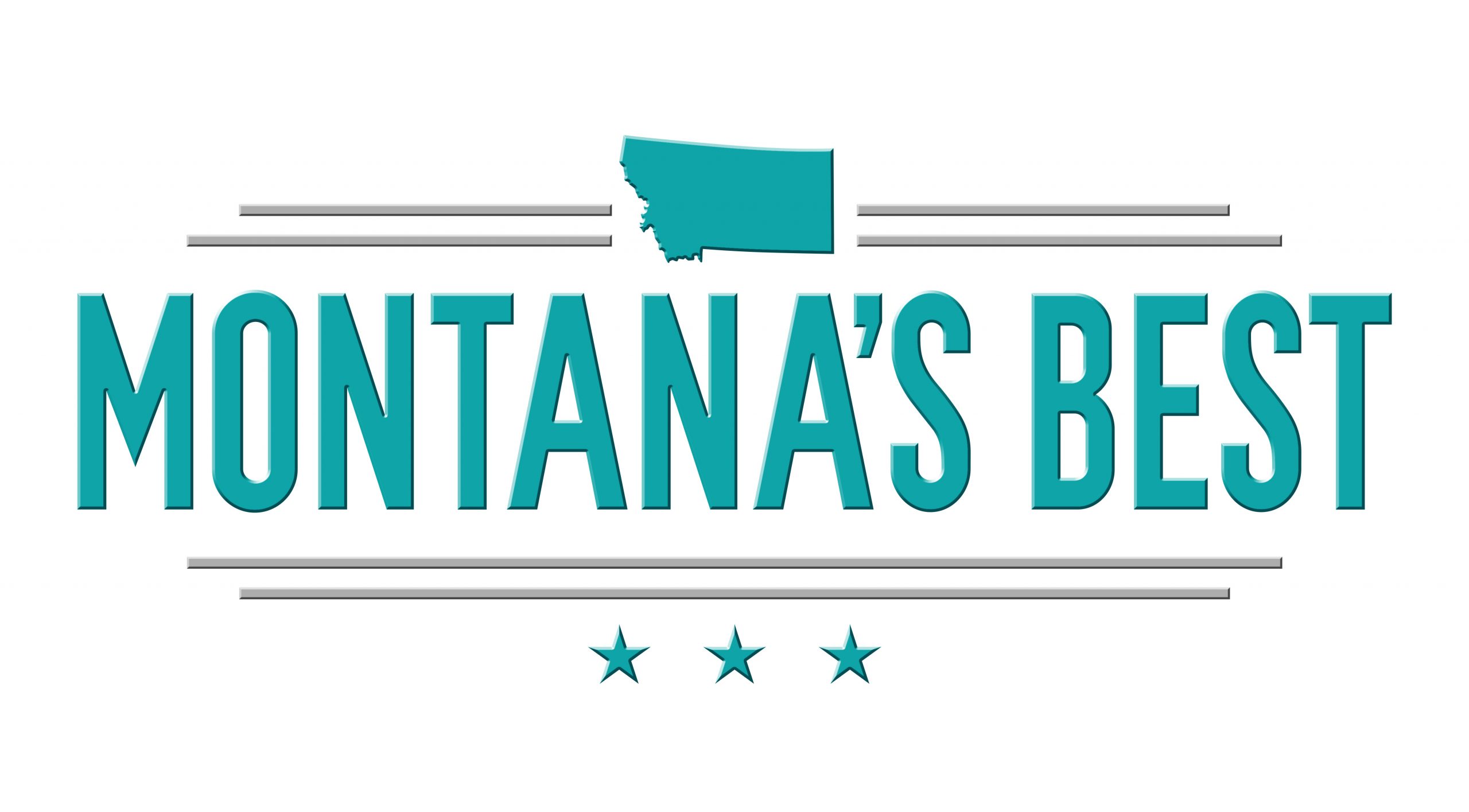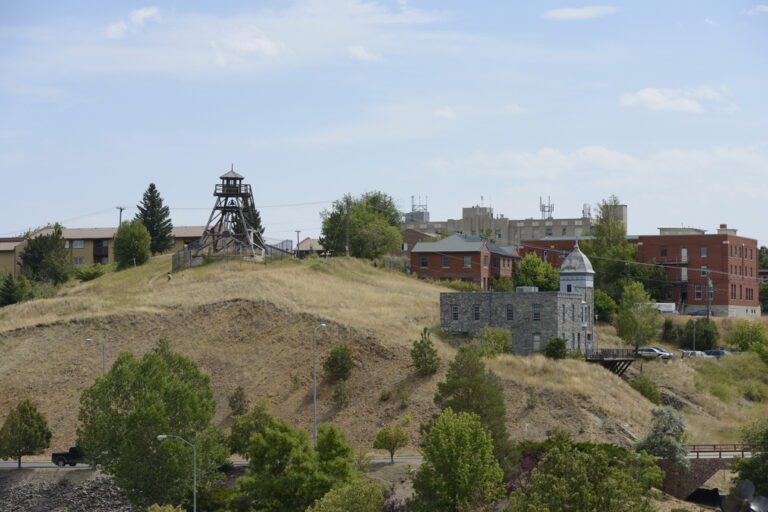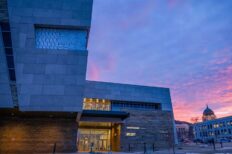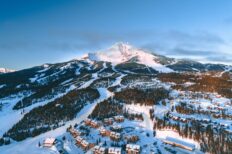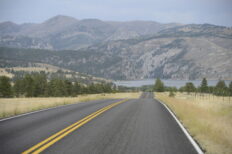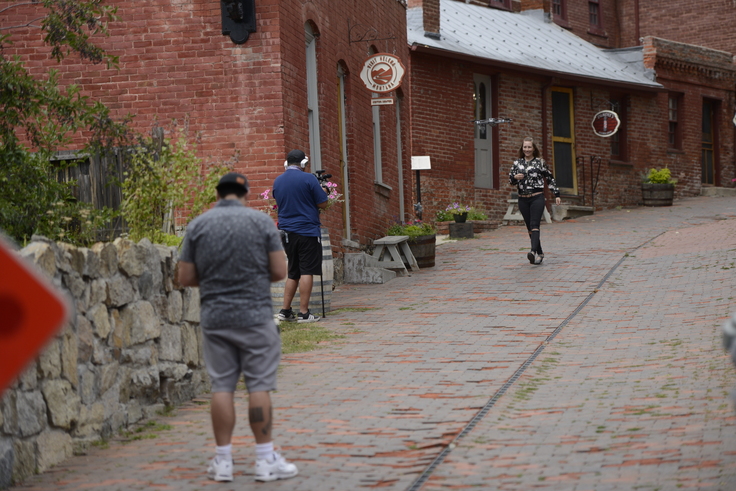
We were fortunate to spend a lot of time in Helena exploring various historical sites. Here’s a little more about the capital of Montana.
Helena, Montana, has one of the most fascinating and colorful histories of any city in the American West. Let’s go deep into it:
🏔️ Overview
Helena is the capital city of the U.S. state of Montana and the seat of Lewis and Clark County. Founded in 1864 as a gold rush mining camp, it rapidly transformed from a rough frontier settlement into one of the wealthiest cities in the United States by the late 19th century.
🪙 The Gold Rush Origins (1864–1870s)
Discovery of Gold – “Last Chance Gulch”
Helena’s story begins on July 14, 1864, when four prospectors—John Cowan, Daniel Jackson Miller, John Crab, and Reginald/Robert Stanley (nicknamed the “Four Georgians”)—found gold in a small creek bed in what is now downtown Helena.
They called the spot “Last Chance Gulch,” because it was their last effort to find gold before returning home empty-handed. The discovery turned out to be one of the richest placer gold strikes in the American West.
Boomtown Growth
Word spread fast. Within months, hundreds of miners poured in, followed by merchants, gamblers, and opportunists. The settlement was first called Crabtown, Squashtown, Pumpkinville, and other names before the miners decided on “Helena.”
The origin of the name “Helena” is debated:
- Some claim it came from Helena, Arkansas, a hometown of one of the settlers.
- Others say it derived from St. Helena or even Helene, a Scottish town name favored by some settlers.
By 1865, the town had over 200 buildings, and by 1866, Helena was named the county seat of Lewis and Clark County.
💰 Wealth and Prosperity (1870s–1890s)
A City Built on Gold
Between 1864 and 1888, miners pulled an estimated $3.6 billion (in today’s dollars) worth of gold from Last Chance Gulch. This sudden wealth created a class of self-made millionaires—Helena once had more millionaires per capita than any city in the world.
Lavish Victorian mansions sprang up in the West Side Mansion District, financed by gold fortunes. Banks, opera houses, and schools followed, giving Helena a sophisticated air unusual for a mining town.
Railroad Rivalries
Helena’s prominence led to fierce competition over railroad access in the 1880s. The Northern Pacific Railway initially bypassed Helena for nearby Missoula, prompting an uproar. After lobbying and investment by local elites, the line was extended to Helena by 1883, securing its future as a regional hub.
Capital City Status
When Montana became a U.S. territory (1864), Virginia City was the capital. After statehood in 1889, a heated contest erupted over the permanent state capital.
- In 1894, Helena narrowly defeated Anaconda in a statewide vote to remain Montana’s capital—a decision influenced by Helena’s wealth and political clout.
🧱 Fire and Rebirth (1889–1930s)
The Fire of 1917
A devastating fire swept through Helena’s business district in October 1917, destroying much of downtown. Reconstruction soon followed, and the rebuilt downtown area featured more fire-resistant brick and stone architecture.
Earthquake of 1935
Helena suffered another major setback with the 1935 earthquakes (a series of tremors from October to November). They caused widespread destruction—over 60% of buildings were damaged, and several people died. The federal government helped rebuild, including many New Deal projects that gave Helena its distinct Art Deco public architecture (such as the Civic Center).
🏛️ Modern Era (1940s–Present)
After World War II, Helena transitioned from a mining boomtown to a stable administrative, cultural, and educational center for Montana. It remains the seat of state government and home to Carroll College (founded 1909), a prominent Catholic liberal arts college.
Downtown Helena, particularly along Last Chance Gulch, has been preserved as a historic district. The pedestrian mall there follows the original streambed where gold was first discovered.
🕍 Cultural and Architectural Legacy
- Montana State Capitol (completed 1902) – A grand neoclassical building with murals by Charles M. Russell.
- Cathedral of St. Helena (built 1908–1924) – A striking Gothic Revival church modeled after Vienna’s Votivkirche.
- Original Governor’s Mansion – A late Victorian home built in 1888, now a museum.
- West Side Mansion District – Showcases opulent late-19th-century homes of mining barons.
📊 Today
- Population: ~33,000 (city) | ~80,000 (metro area)
- Economy: State government, education, healthcare, and tourism.
- Character: Helena is known for its preserved history, scenic mountain setting, and blend of frontier heritage with modern civic life.
🪔 Fun Historical Facts
- Helena’s gold strike produced more gold than the California 49ers found in the first five years of the Gold Rush.
- The original creek where gold was found now runs underground beneath downtown.
- Some early streets (like “Cruse Avenue”) are named for prominent mining millionaires.
